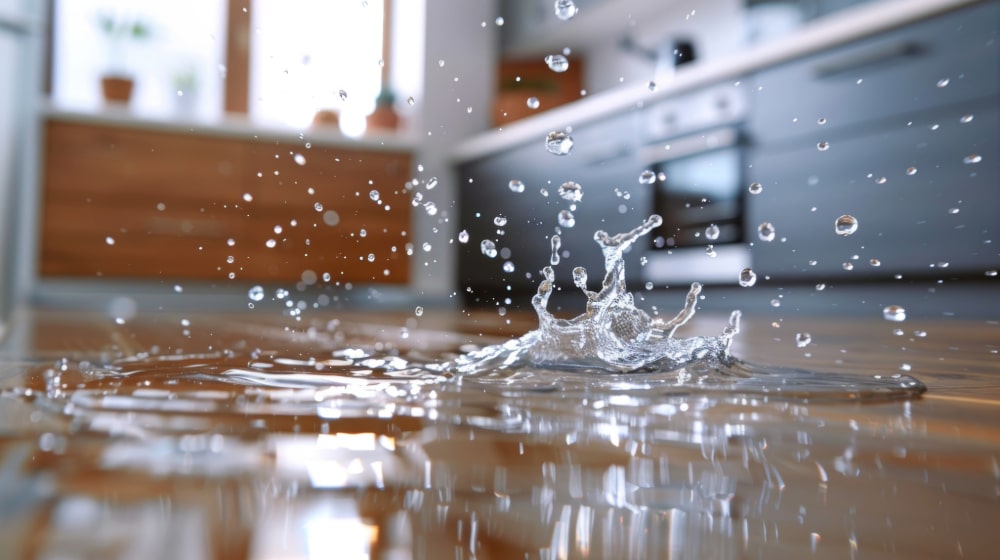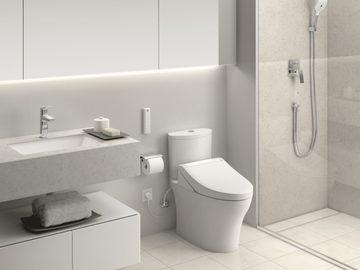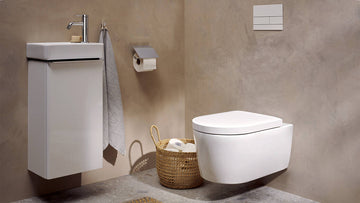The world of industry quality assurance (QA) is evolving rapidly, and at its core is the need to identify and address leaks effectively. In industries where fluid management is crucial, ensuring the integrity of systems is paramount. This is where non-invasive leak detection comes in, a revolutionary technology that promises seamless and efficient monitoring without the drawbacks of conventional methods.

The Rise of Non-Invasive Leak Detection
The primary motivation behind the advent of non-invasive leak detection techniques lies in their ability to identify leaks without causing any disruption or damage to existing systems. Traditional leak detection methods often require interruptions in operations, which can be costly and time-consuming. For example, using pressure gauges necessitates stopping the entire system, a luxury not all industrial facilities can afford. In contrast, non-invasive techniques utilize advanced sensors and software to monitor systems continuously, offering real-time insights and minimizing downtime.
How Do Non-Invasive Techniques Work?
Non-invasive leak detection typically involves the use of acoustic sensors, thermal imaging, and electromagnetic technologies. Acoustic sensors pick up sound vibrations that are characteristic of leaks, whereas thermal cameras can detect temperature anomalies caused by escaping fluids. Electromagnetic methods, on the other hand, leverage changes in electromagnetic fields to identify the presence of a leak. These technologies are integrated with sophisticated software that can analyze data in real-time and provide actionable insights.
Advantages Over Traditional Methods
One of the most significant advantages of non-invasive leak detection is the drastic reduction in maintenance costs. By allowing for condition-based maintenance rather than routine preemptive repairs, industries can save both time and money. Moreover, the real-time nature of these technologies ensures that even minor leaks can be detected early before they escalate into major issues.
These methods also contribute positively to sustainability goals. By reducing the likelihood of catastrophic leaks, industries can minimize environmental and product losses. This aligns perfectly with the growing regulation and consumer expectation for companies to adopt more sustainable practices.
Applications Across Industries
The use of non-invasive leak detection extends across various sectors such as manufacturing, oil and gas, and even residential environments. In industrial manufacturing, products like smart fluid detection systems (smart fluid systems) are becoming paramount. Such systems are crucial for fluid management in large-scale operations, ensuring operational efficiency and safety.
Similarly, in residential settings, technologies highlighted in this guide assist in preventing costly water damage by providing early alerts of potential hazards. The versatility and adaptability of non-invasive methods have broadened their implementation and effectiveness across both small-scale and mass applications.
Implementing Non-Invasive Solutions
For Industry QA professionals contemplating the shift to non-invasive leak detection, sensor calibration plays an essential role. Understanding the nuances of sensor calibration as explained in understanding calibration is critical to ensuring that the data collected is both accurate and reliable.
Embracing new technologies always comes with challenges, from initial costs to the need for staff training. However, the long-term benefits, such as reduced operational interruptions and the prevention of prolonged undetected leaks, far outweigh these initial hurdles. Resources such as integrating leak detectors offer further insights into practical considerations for implementing these technologies.
Conclusion: The Future is Here
Non-invasive leak detection is not just a trend; it's a transformative shift in how industries approach maintenance and safety. As technology continues to innovate, these systems will become even more sophisticated, offering greater precision and efficiency. For professionals in the Industry QA sector, staying informed and embracing these advancements is crucial. By doing so, they not only ensure the longevity and efficiency of their systems but also align with modern environmental and sustainability goals.

FAQs on Non-Invasive Leak Detection
What makes non-invasive leak detection different from invasive methods?
Unlike invasive methods which may require physical alterations to systems to find leaks, non-invasive techniques use advanced technology such as sensors and software to detect leaks from outside the system. This approach minimizes system downtime and potential damage.
Can non-invasive methods be used in all types of systems?
These methods are highly versatile and can be adapted to numerous systems across various industries, including manufacturing, oil and gas, and residential water systems. However, each application may require specific technology and calibration for optimal results.
How does calibration affect non-invasive detection?
Proper calibration ensures that the sensors and detection systems provide accurate and reliable data. Without precise calibration, the risk of false positives or undetected leaks increases, undermining the effectiveness of the technology.






